
The exhausted States of equality
How Americans want brands to approach social justice in 2023

SCROLL FOR MORE
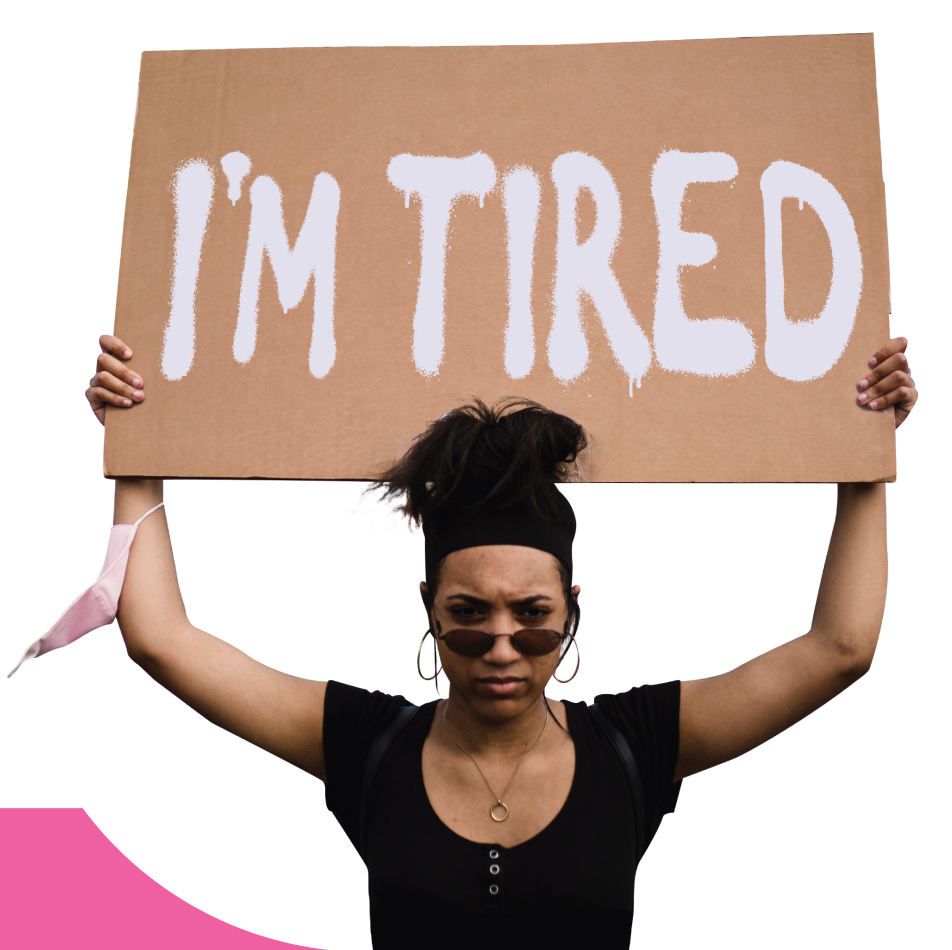
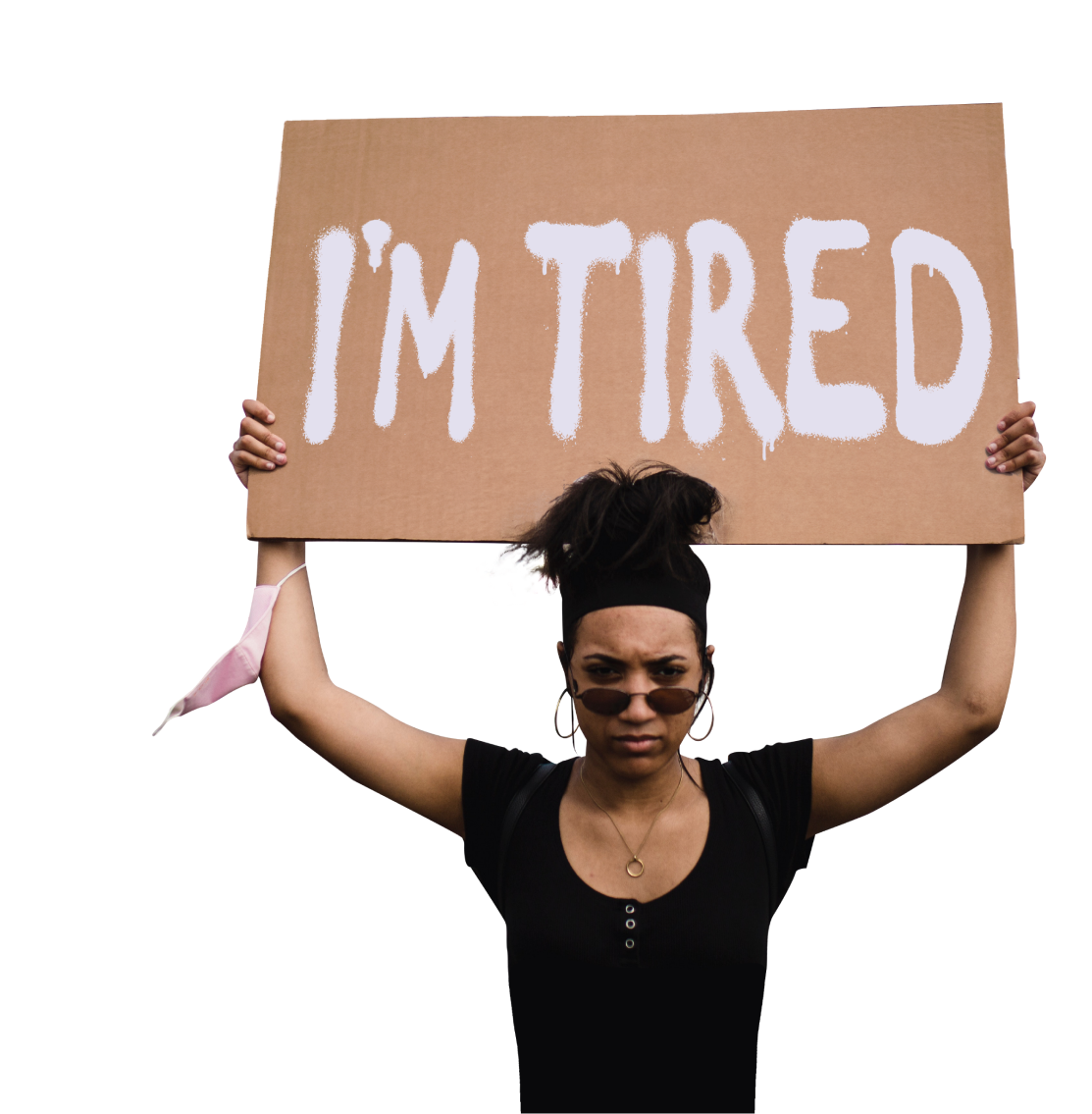



SCROLL FOR MORE



Less talk, more action. It’s an obvious statement, but one that continues to be top of mind for consumers. Over the past two years, whenever social justice has been on the agenda, consumer sentiment toward brands has been consistent. They want action, impact, and results – not meaningless PR pushes.




After the initial BLM protests in 2020, US consumers wanted brands to review their hiring policies – instead of showing support via social media.
During Pride in 2022, US consumers’ top priority for brands was to educate people on LGBTQ+ issues, cultures, and misconceptions – not changing logos and packaging to rainbow colors. After Roe v. Wade was overturned, US consumers wanted brands to provide paid leave for women’s health issues – rather than show support on social media.
In 2023, brands should take these messages from consumers in the last two years as absolute truth - shift your focus to assistance, education, and action.
These feelings will become more acute in the next 12 months as an uncertain economy, coupled with a sense of compassion fatigue, will force consumers to prioritize what they’re really concerned about.
Alongside infectious diseases, election integrity, and job security - police brutality and racial relations are among the fastest-falling worries for consumers in the US since Q4 2020. In contrast, in line with current world events, some of the fastest-rising concerns are tensions with foreign countries and tax increases.
On the surface, these figures appear encouraging because they suggest some progress has been made, but it’s a good example of how although we might see a trend decline, it doesn’t always show the full story.
Black Americans are still disproportionately concerned about police brutality and as of Q2 2022, they’re 20% more likely than Asian American and Pacific Islanders (AAPI), or Native Americans to worry about racism. And even though there are relatively similar decreases in concerns for racism between Black (-14%) and Hispanic (-15%) people since Q4 2020, the same is not felt by AAPI (-1%). Reports have found discrimination has increased greatly for the AAPI community since 2020.
Many, particularly white consumers, may have felt invigorated by the discussions in the last two years, but for some, the messages were merely a longstanding repeat of what has been said time and time again; injustices remain systemic, and more needs to be done.
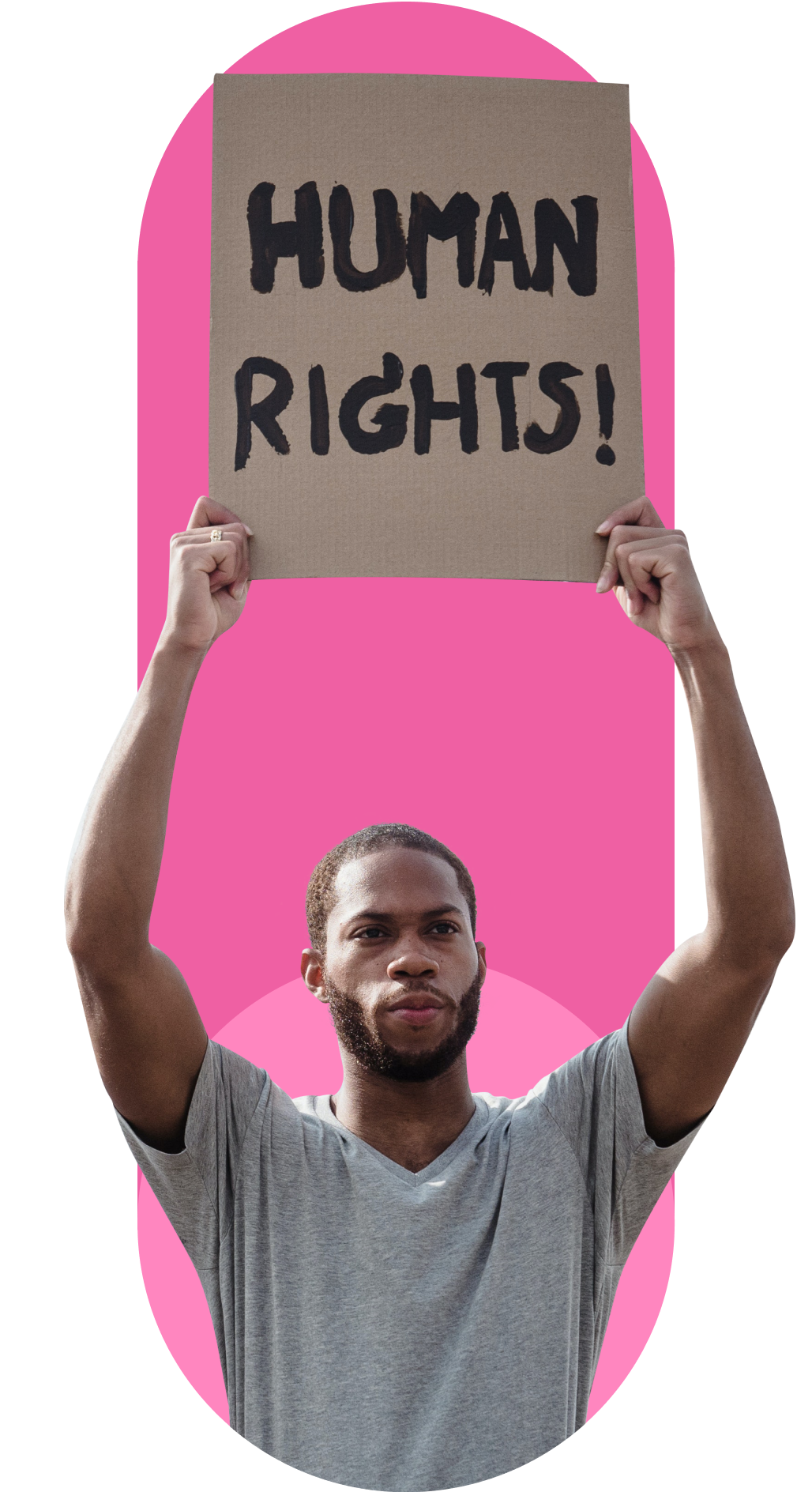
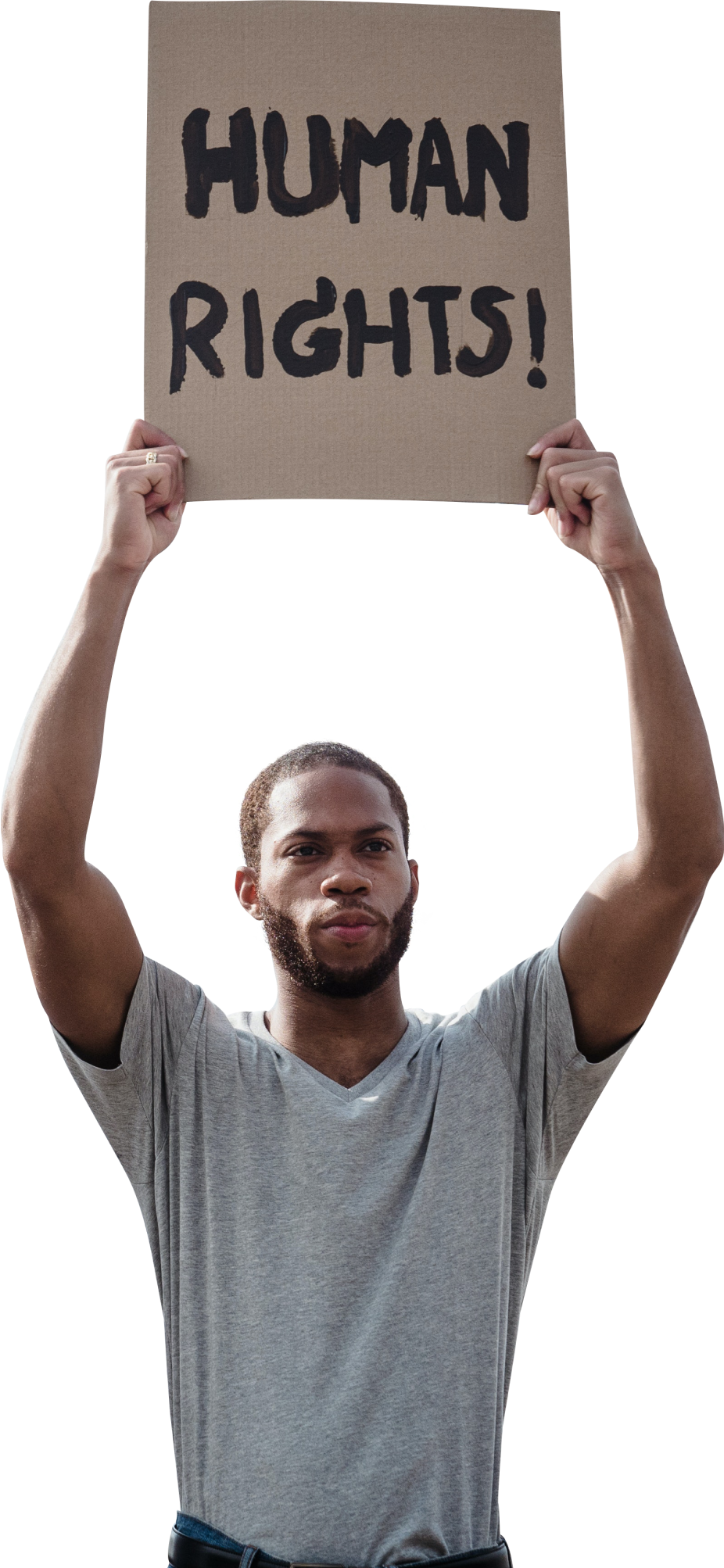


We’ve seen how brands can play a dynamic role in social justice causes when they follow through on their public acknowledgments. Advocacy indicators and accountability commitments to social justice causes are still every part as valid as they were two years ago.
But brands need to think long-term. Results and successes take time to build and cut through the noise. Putting out statements for self-serving reasons, or because everyone else is, can be actively harmful – 46% of US consumers are tired of hearing about social justice causes all the time.
Our data from Q2 2020 reflects the mood of the nation during the height of the BLM protests - being socially responsible was the number one brand priority for Americans. Two years later, this has shifted to rank third in Q2 2022. In fact, it’s the fastest-falling brand initiative since 2020.
This shift is mainly due to decreasing sentiment from older white consumers. We’ve seen an 8% decrease in white Americans agreeing brands should be socially responsible, followed by baby boomers (-9%) and Gen X (-11%). Dr. Joseph Flynn refers to this as white fatigue, a wearying of potential allies in the fight against racism, and it’s a problem that has persistently taken place after historical racial movements; allyship fades.
But for AAPI and Black/African Americans, this priority has remained unchanged. For People of Color (POC) in America it’s just as important as it was two years ago.
Even though being socially responsible has dropped in consumer priority, this doesn’t mean brands are devoid of responsibility. Here again we see the pattern – consumers want brands to walk the walk, not talk the talk.
Supporting diversity and equality in the workplace is the fastest-rising brand initiative. Predominantly led by younger generations, we’ve seen increases across all racial and ethnic demographics, and it’s an example of an area where brands can begin to enact real change. Even while strong messaging of support can be a good start, walking the walk is the more pressing issue according to consumers.
When it comes to social justice causes, workers want to be at a workplace that supports them both professionally and personally. And what happens in the workplace impacts consumers too – 47% say poor treatment of staff would discourage them from buying from a brand.
But in the last two years, many DEI leaders (diversity, equity, and inclusion) have felt the pressure to focus on immediacy rather than long-term change, which has led to many chief diversity officers (CDO) feeling the effects of burnout. The average tenure for a CDO is now less than 2 years.
With 29% of Gen Z and millennials wanting a working environment that makes them feel like they’re contributing to society, the challenge for brands now is to transfer their accelerated efforts from 2020 into supporting critical DEI roles.






From online TV habits to social media usage, get the answers you need on this generation.
Download your copyFocusing on the mental health of employees can be one way to alleviate the personal and professional pressures that social justice causes may create. There are many examples of where brands have integrated services such as on-site psychologists, insurance coverage, and one-on-one coaching.
Practical positioning to integrate diversity and inclusion into the root of your business structure, rather than seeing it as a separate initiative, alongside a compassionate recognition within your brand’s core values, are incentives to aspire to.
Kevin Echavarria
Associate director, Intelligence & Impact at McCann Worldgroup Global DEI
Over half of Americans wish the US government did more to help social justice causes, moving responsibility toward the systems and institutions that have the ability to create lasting change. But only 36% believe that positive progress is being made in the US.
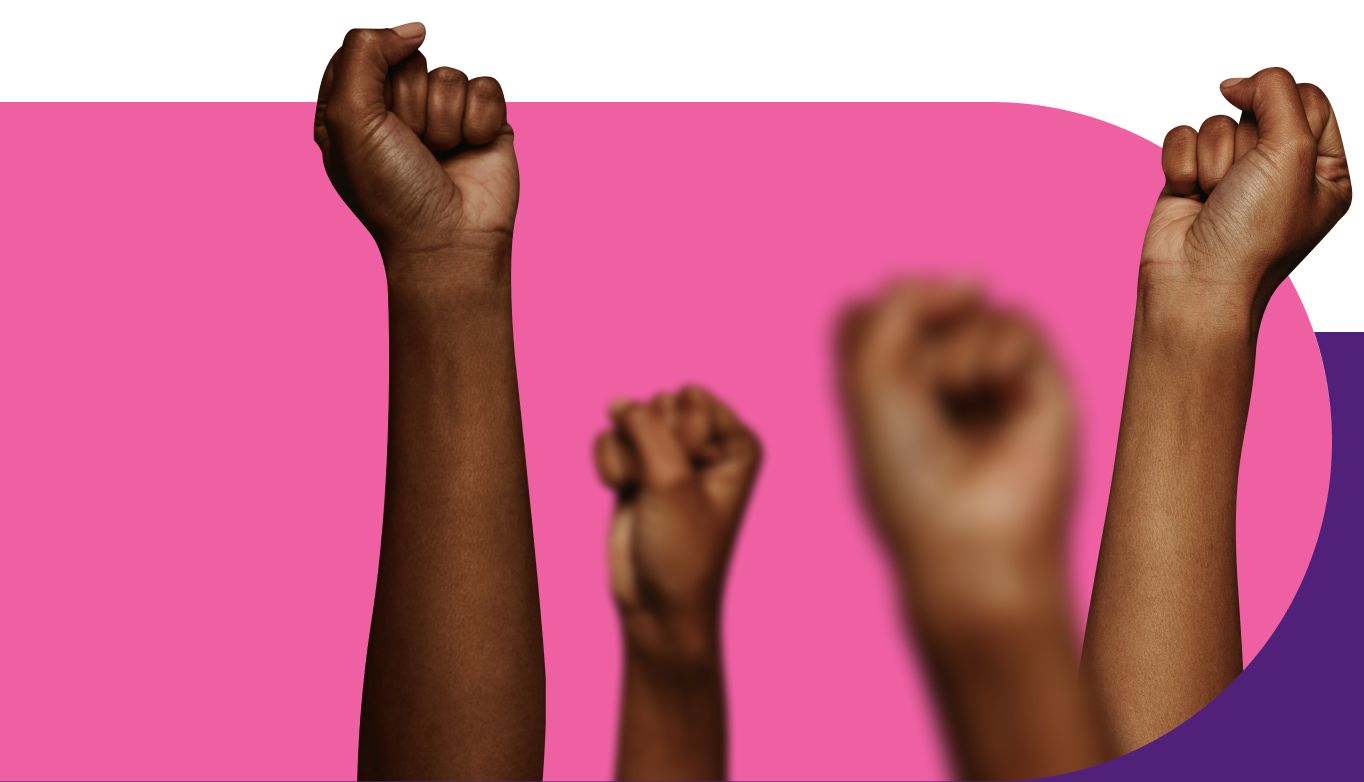
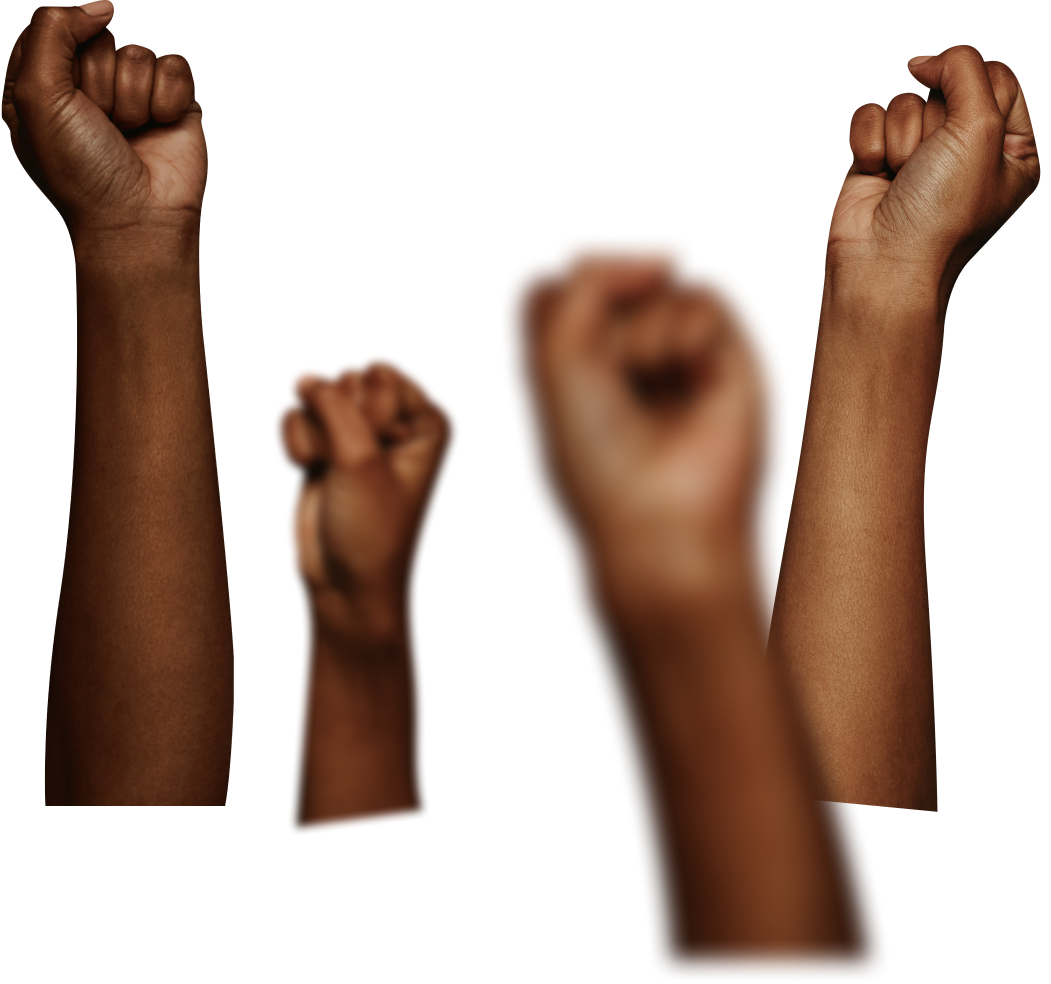

People of color (POC) feel a greater sense of care and responsibility for social justice causes compared to white consumers. We've seen how, just one year after the BLM protests, America changed. But now, for many consumers, the effort to maintain the fight for social justice is leading to a greater sense of fatigue.
Although boycotts are one way consumers tackle social injustices to place negative media attention and economic pressure on a brand, there’s long been speculation on their effectiveness. It’s just one example of how methods to fight social justice causes are becoming exhausting for consumers.
Social injustices in the US will take time to amend, and brands will play a role in that. But in 2023, brands have to be aware of consumers’ collective headspace, what’s important to them, and how they want to see change in these areas happen. Focus on what consumers really want – meaningful action, communicated when it’s achieved clear results.
Put purpose into practice. Brands that understand what’s truly important to consumers will succeed, and those who don’t risk being left behind.
Consumers have been spread thin owing to the macroeconomic climate, and now have more modest ambitions and perceptions of themselves.

Americans are dealing with a lot coming out of the pandemic. So, they’re looking to media to give them some hope and, at the very least, an outlet for their emotions.

Although environmental pessimism is on the up, worry remains stable. Repeated exposure to the situation is causing climate change fatigue.

Interest in virtual worlds is rising. Creating safe spaces for experimentation is key for users to feel welcome.
